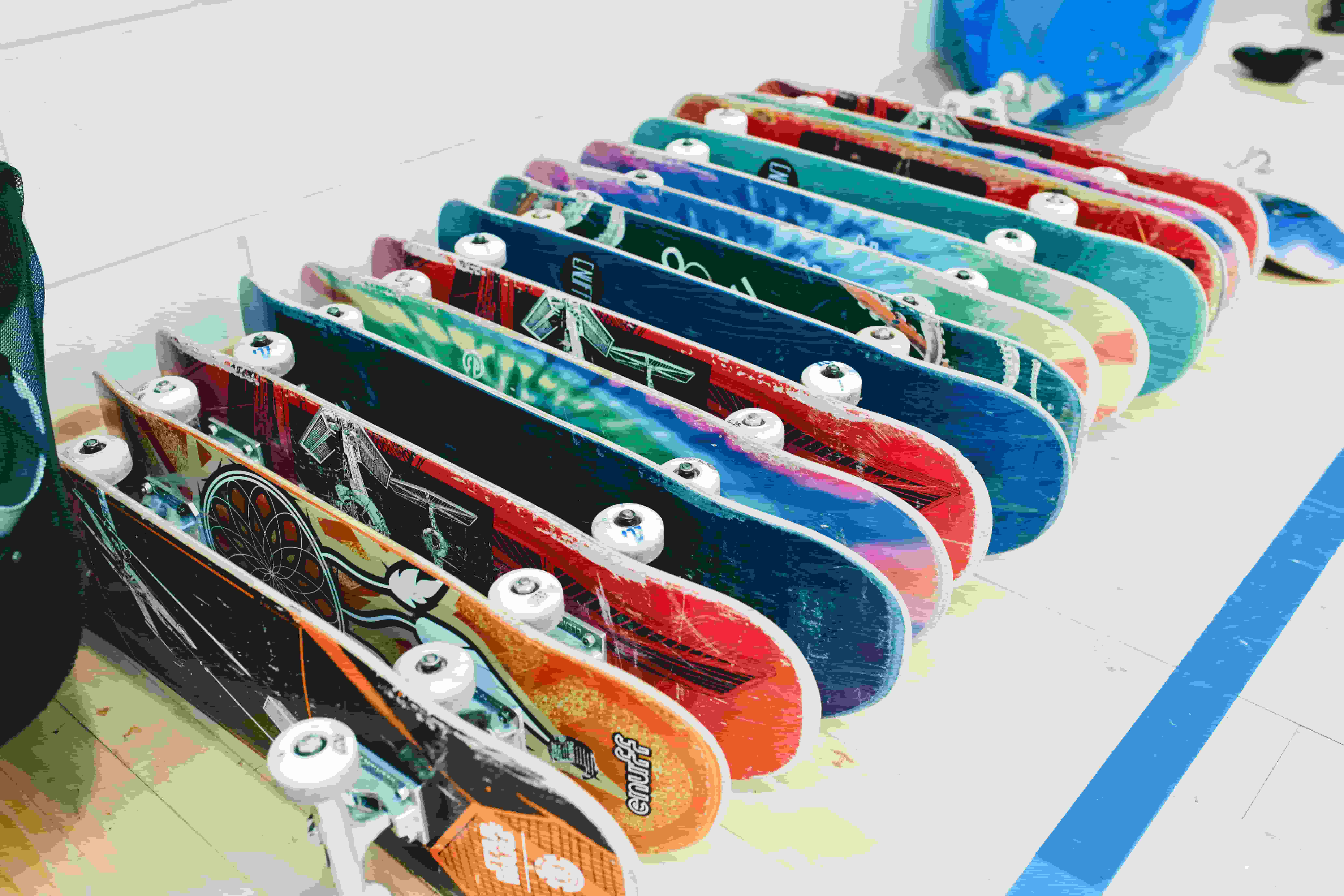Science, Stories and Superpowers
What if the thing your child struggles with is actually their greatest strength? What if the energy, the sensitivity, the endless need to move, all the traits that make school tricky, were exactly what helped them thrive somewhere else?
For a lot of neurodiverse kids (and adults), skateboarding is that somewhere else.
Movement with meaning
Let’s start with stimming, those repetitive movements that help some neurodiverse people regulate emotion, focus, or manage sensory overwhelm. On a skateboard, stimming becomes flow. Every push, turn, and roll delivers just the right kind of input, grounding the body and sharpening the mind.
It’s not a stretch to call skating a form of self-regulation. We see it all the time in our sessions, kids who struggle to sit still in class suddenly locked in, focused, calm.
Expression without pressure
One of the most powerful things about skateboarding is that there’s no one “right” way to do it. Everyone has their own style, their own rhythm. It’s not about teams, winning, or being picked, it’s about showing up and doing your thing.
Jacinto Morales once put it perfectly: “As you develop your style of skateboarding, your personality manifests through that style.” And for many neurodiverse kids who’ve spent years trying to mask or fit in, that freedom to express themselves physically, creatively, unapologetically? It’s huge.
Sensory joy, not sensory overload
Skating gives you a full-body experience. The rumble of the wheels, the wind in your face, the changing textures of ramps and concrete, all those sensations that can be overwhelming in everyday life become something joyful, even therapeutic. For many, it becomes a form of moving meditation where the only thing that exists is the board beneath your feet.
Backed by brain science
There’s also some pretty cool neuroscience behind why this all works. According to Dr Jeremy Schmahmann at Harvard, the cerebellum. The part of the brain that helps with balance, also plays a key role in emotional regulation and adaptability. So when kids are learning to balance on a board, they’re also training the parts of their brain that help with emotional stability and flexible thinking.
We’ve seen this in action. Skaters who once gave up easily start to push through frustration. They fall, get up, and try again, sometimes hundreds of times. That resilience doesn’t stop at the skatepark.
Skateboarding builds brains, not just tricks
Every trick is a little puzzle: how to time the pop, shift your weight, land just right. That trial-and-error process builds problem-solving skills in a way that’s practical, embodied, and fun. It’s learning that doesn’t feel like learning, and that’s often where real growth happens.
Calm in the chaos
For neurodivergent kids, the world can be loud, literally and metaphorically. But the focus skateboarding requires can quiet that noise. You have to be present, tuned in. And in that focus, there’s peace.
We’ve had kids with ADHD who couldn’t sit still at school spend 90 minutes skating with total concentration. That kind of mental clarity can be a game-changer.
What makes The Skate Club different?
At The Skate Club, we don’t expect every kid to learn the same way. Our coaches are trained to meet skaters where they’re at, whether that’s gently encouraging a first-time rider or helping someone with sensory needs feel safe and supported.
We run sessions that are inclusive by design, with small group sizes, no pressure to compete, and a focus on personal progress. We’re also proud to be Ofsted-registered and experienced in working with neurodiverse children and those with SEN.
We don’t just teach skateboarding. We teach confidence, focus, resilience, all wrapped up in a really fun time on four wheels.
See what’s possible, book a session today


Leave a Reply